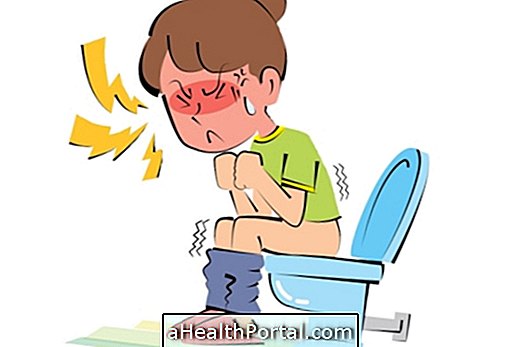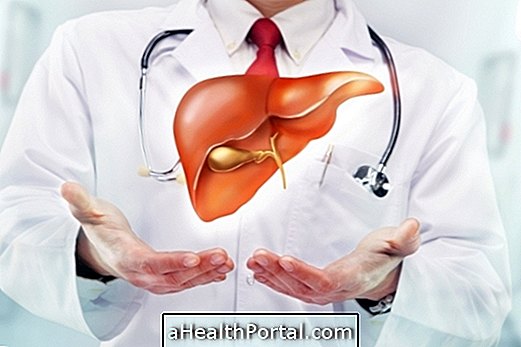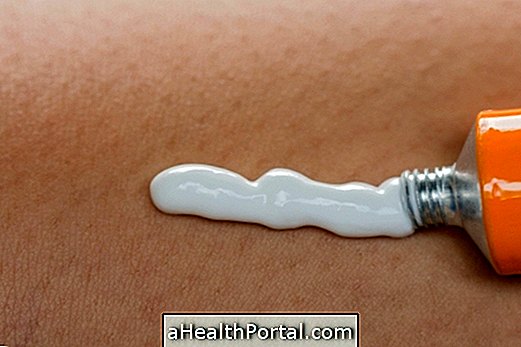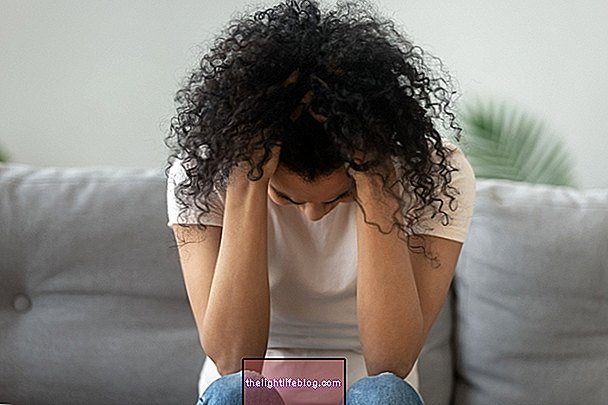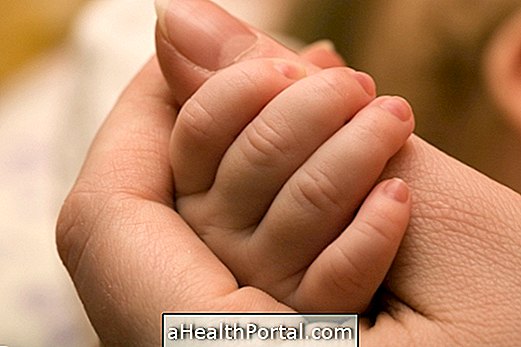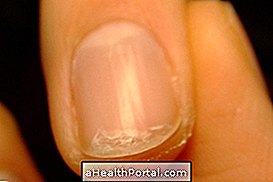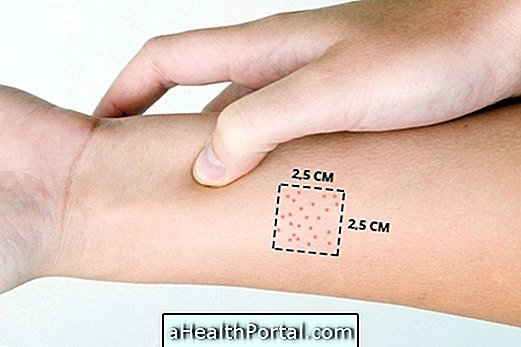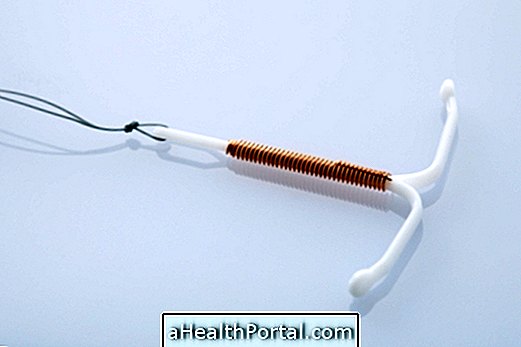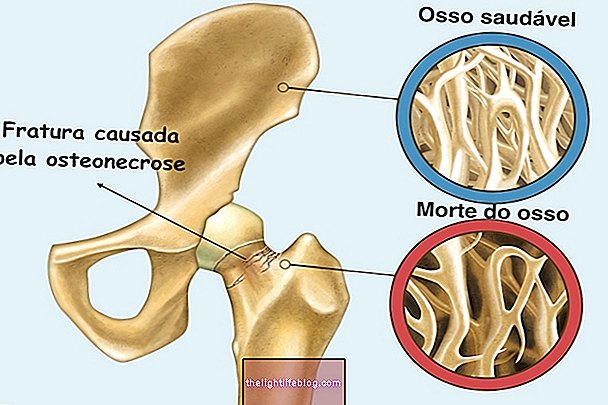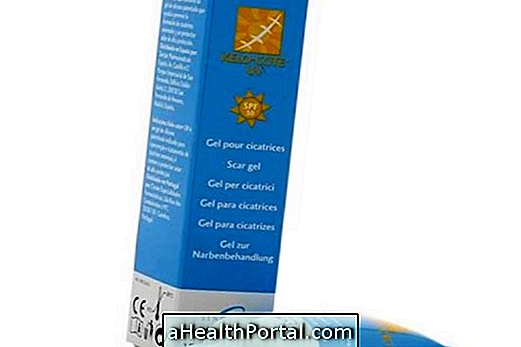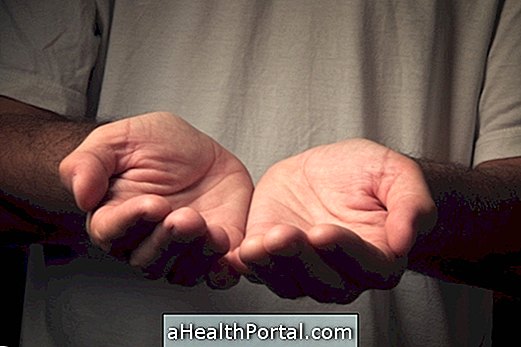Treatment for internal hemorrhoids can be done with the use of hemorrhoid ointments such as Ultraproct or Hemovirtus, and analgesic and anti-inflammatory drugs such as Paracetamol or Ibuprofen, allied to home-made measures such as 15-year 20 minutes with warm water, high fiber diet or intake of about 2 liters of water per day, for example.
However, treatment may also involve procedures performed in the office, such as elastic band ligation or sclerotherapy or even surgery to remove hemorrhoids. In this way, the proctologist is the one who should guide the best treatment according to the degree of hemorrhoid, the intensity of the pain and whether the hemorrhoid has left a little outside the anus or was trapped inside.
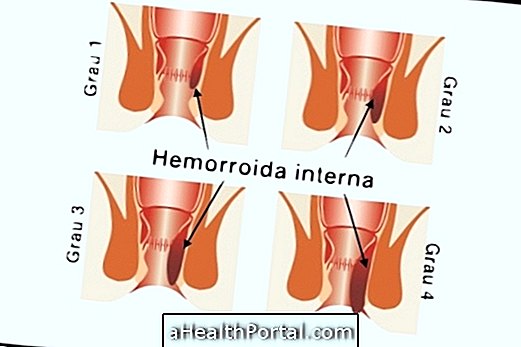
Home treatment for internal hemorrhoids
The home treatment for internal hemorrhoids includes:
- Sitting baths of about 15 to 20 minutes with warm water: helps to relieve pain and discomfort, can be made sometimes necessary and may even contain medicinal plants with analgesic properties, such as witch hazel. See an example of a hemorrhoid seat bath;
- Food rich in fiber and the ingestion of about 2 liters of water per day: the feces become more shaped, traumatizando less the anal region and the individual does not need to make as much effort to evacuate. Know which foods are high in fiber;
- Avoid using toilet paper, washing the anal area with soap and water after evacuating: toilet paper traumatizes the anal region, increasing pain;
- Avoid making too much effort to evacuate: The effort to evacuate may increase the size of the hemorrhoid or cause it to leak slightly outside the anus.
See in the video below the correct seating position to facilitate stool output, decreasing pain.

These measures, combined with hemorrhoid ointments and analgesic and anti-inflammatory remedies, are usually sufficient to treat grade I and grade II internal hemorrhoids.
Treatment for internal hemorrhoids in the office
The treatment for internal hemorrhoids in the office can be done according to several techniques, such as:
1. Elastic ligation: it is indicated for the treatment of hemorrhoids grade I to III and consists of the aspiration of the hemorrhoid into a ligature and the placement of an elastic in the hemorrhoid that, after about 4 to 7 days, begins to die and is eliminated by the anus. Several sessions may be required, however, recovery is faster and postoperative pain is lower;
2. Sclerotherapy: the injection of a sclerosant inside the hemorrhoid that causes the healing and coagulation of the blood in the region around the hemorrhoid, promoting the death and elimination of the hemorrhoid through the anus. This technique is indicated in cases of internal hemorrhoids of degree I and II;
3. Infrared photocoagulation: consists of the application of infrared rays that prevent the flow of blood around the hemorrhoid, causing its death. It is indicated for the treatment of grade I and II hemorrhoids.
The choice between each treatment technique should be made by the proctologist, according to the degree of hemorrhoid and whether it presents a little or not out of the anus and the patient's symptoms.
Surgery for internal hemorrhoids
Internal hemorrhoid surgery is indicated for internal grade IV hemorrhoids, internal hemorrhoids associated with external hemorrhoids that have been trapped in the anus or when all other treatments have not been effective and the subject still has severe pain in the anal region, especially when evacuating and sit down.
Surgery can be done in a conventional way, in which hemorrhoids are removed, or new techniques can be used, which consist only of securing hemorrhoid to the anal wall, not withdrawing it, decreasing recovery time and postoperative pain. Learn more about Hemorrhoid Surgery.
Signs of improvement
Signs of improvement in internal hemorrhoids include reduction in hemorrhoid size and symptoms, such as pain, especially on bowel movements, and blood in the stool.
Signs of worsening
Signs of worsening of the internal hemorrhoid include increasing the size of the hemorrhoid, which may come out slightly out of the anus, as well as increased pain, especially when evacuating and the amount of blood in the stool.
